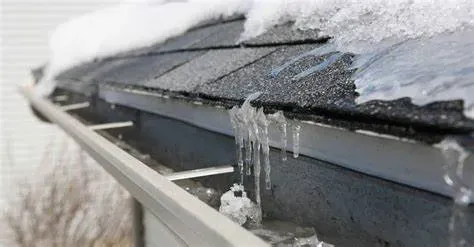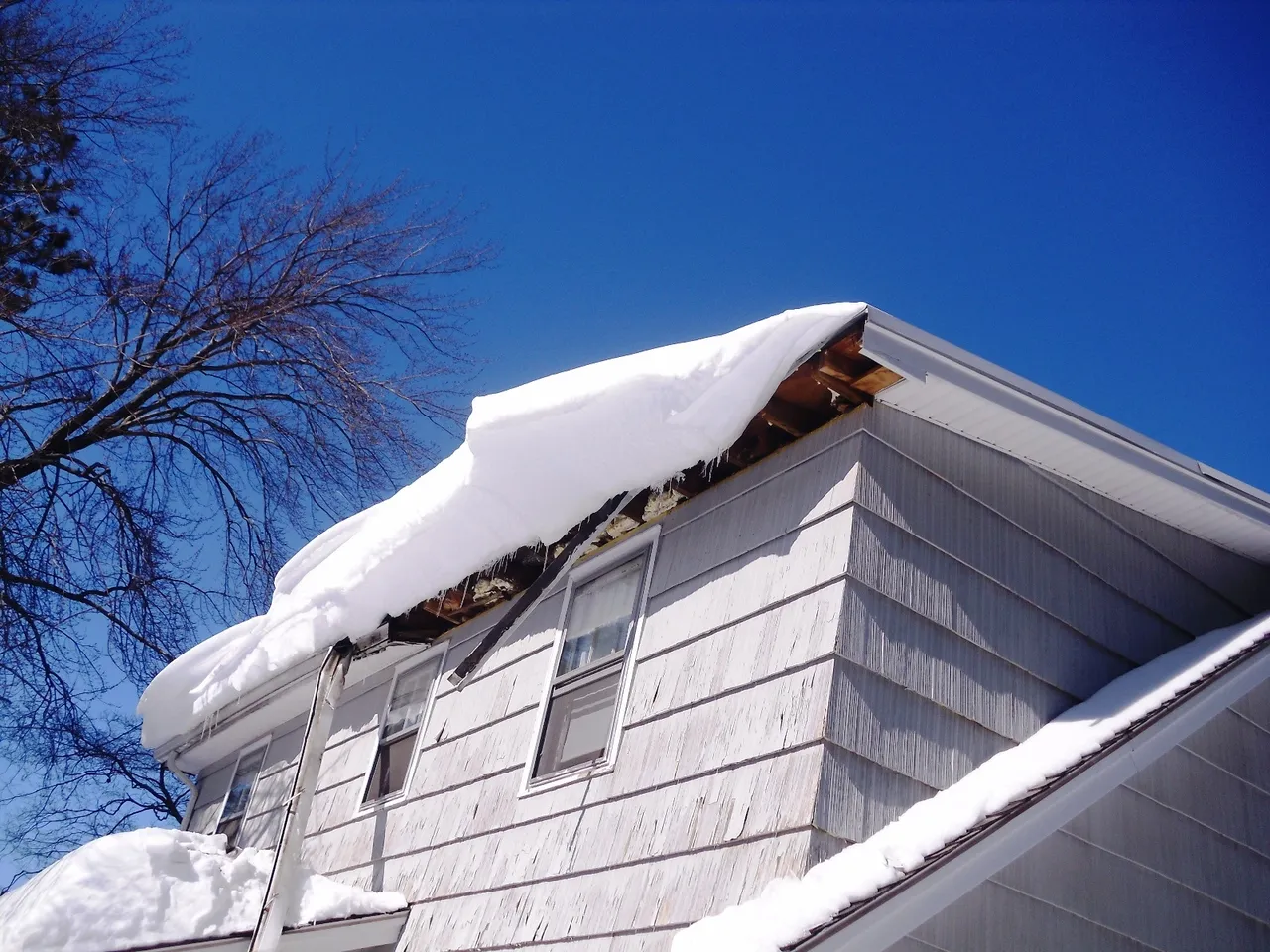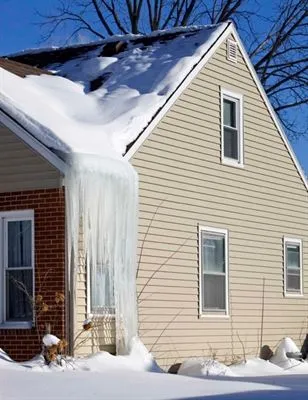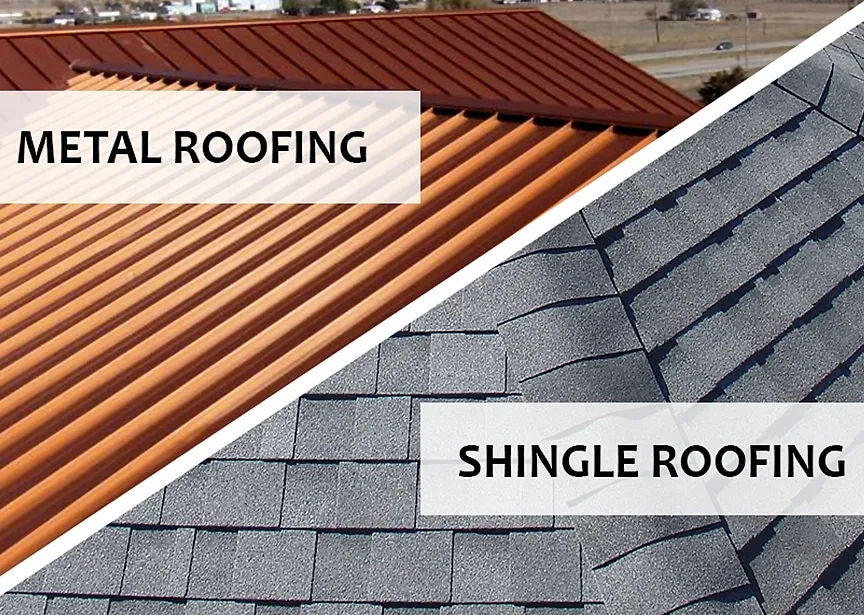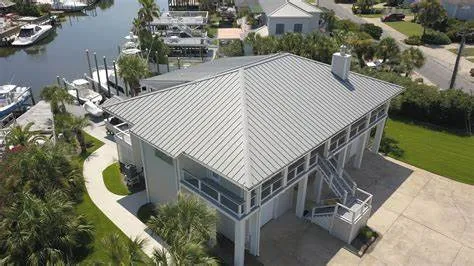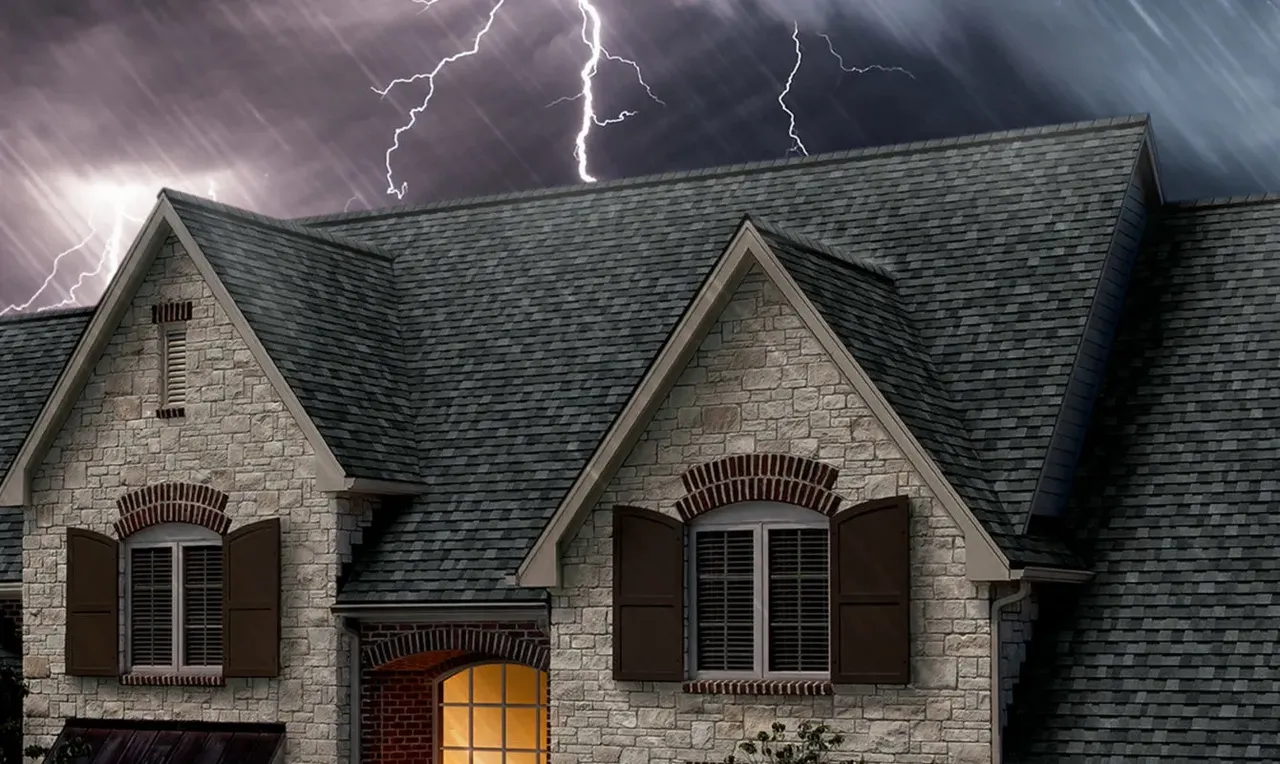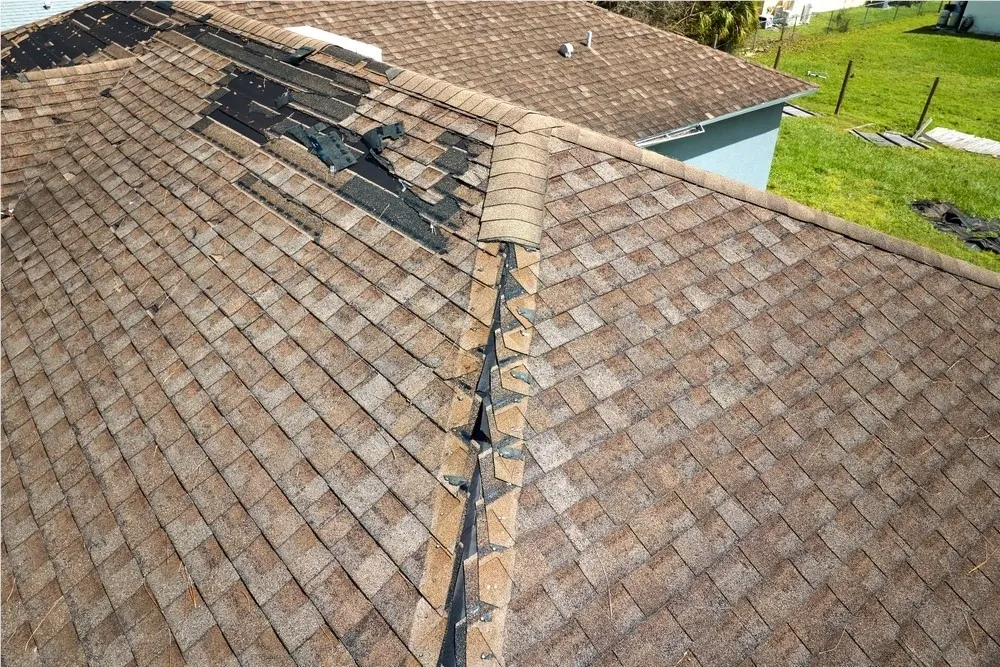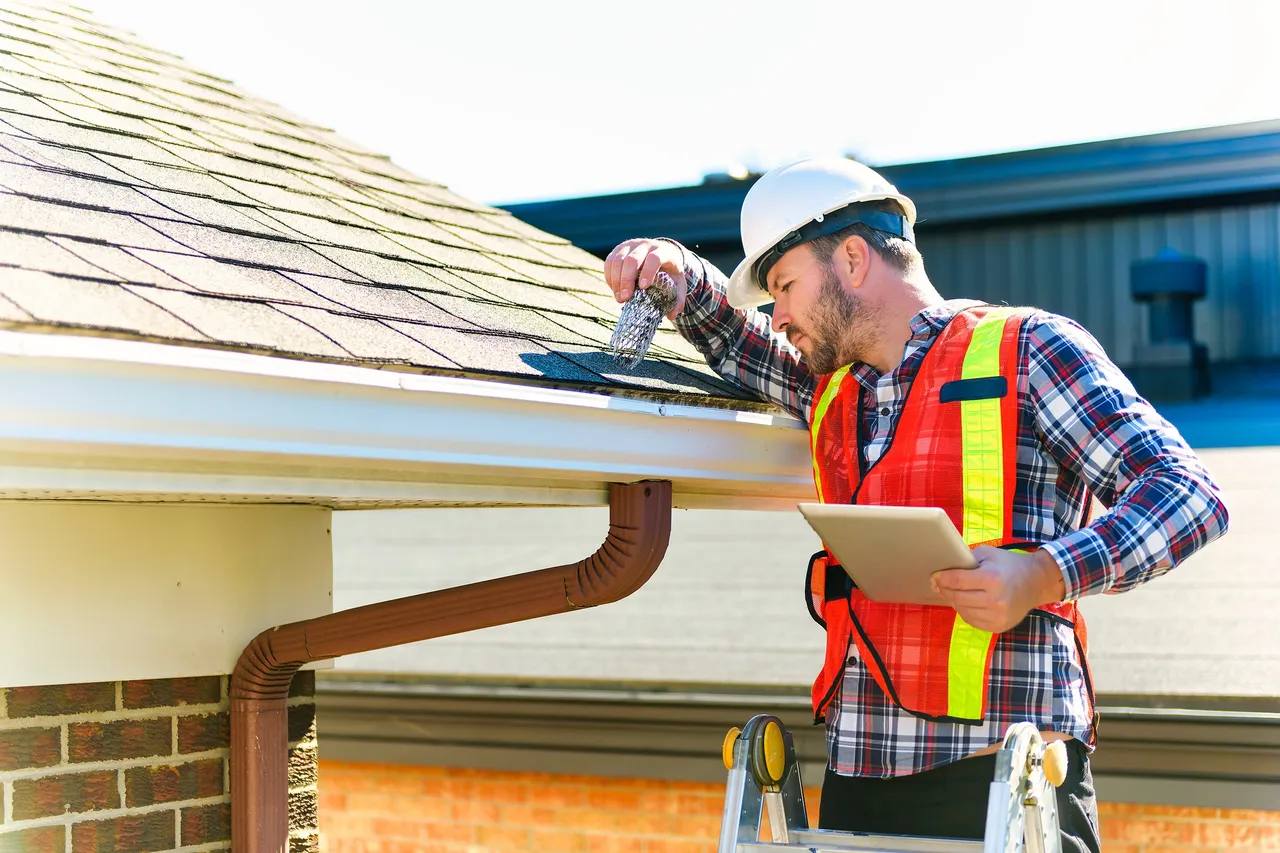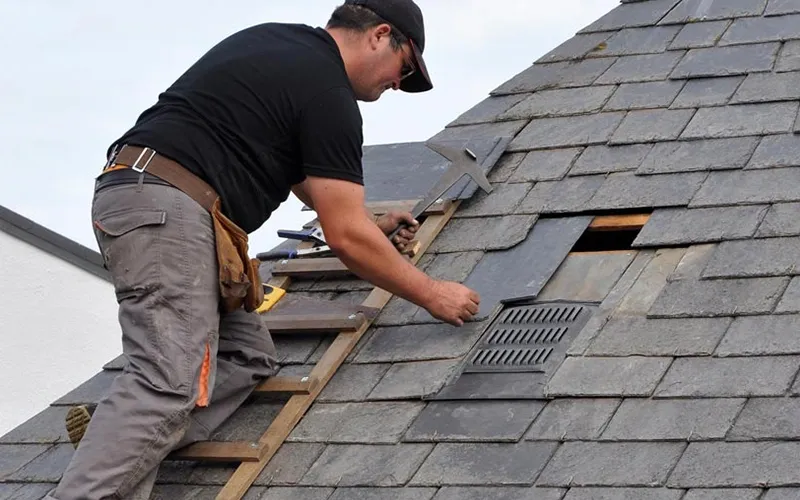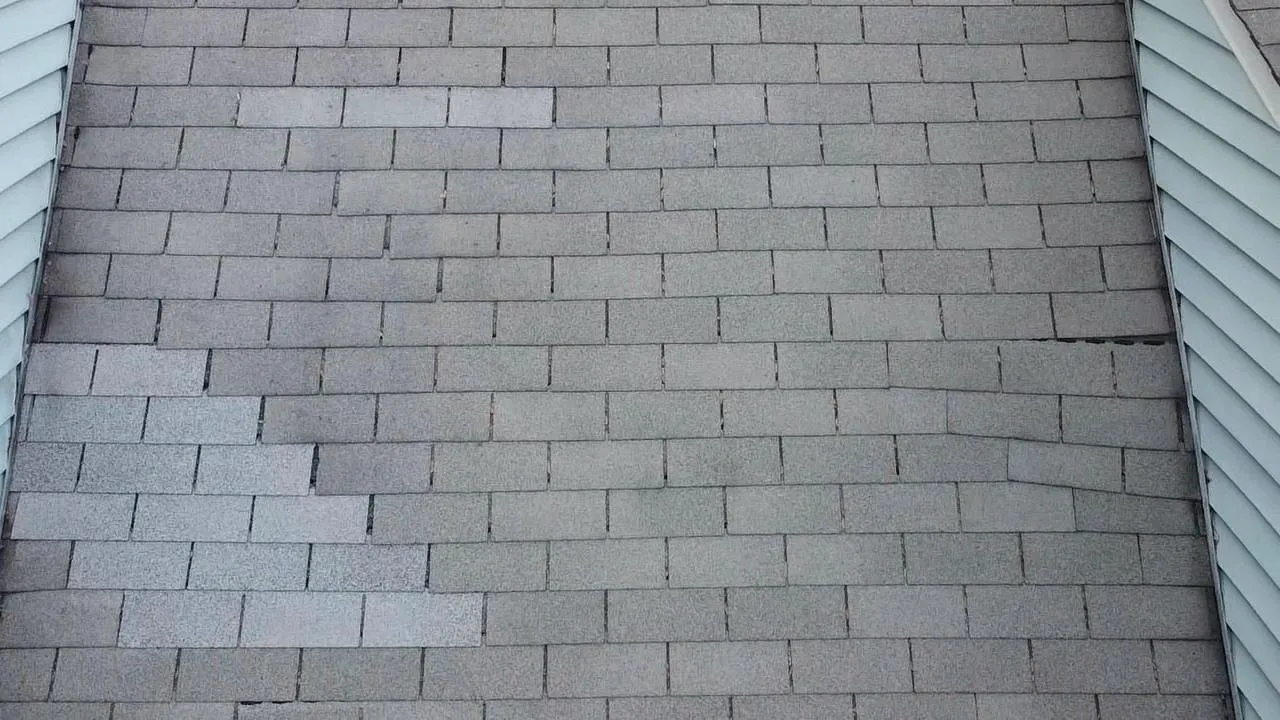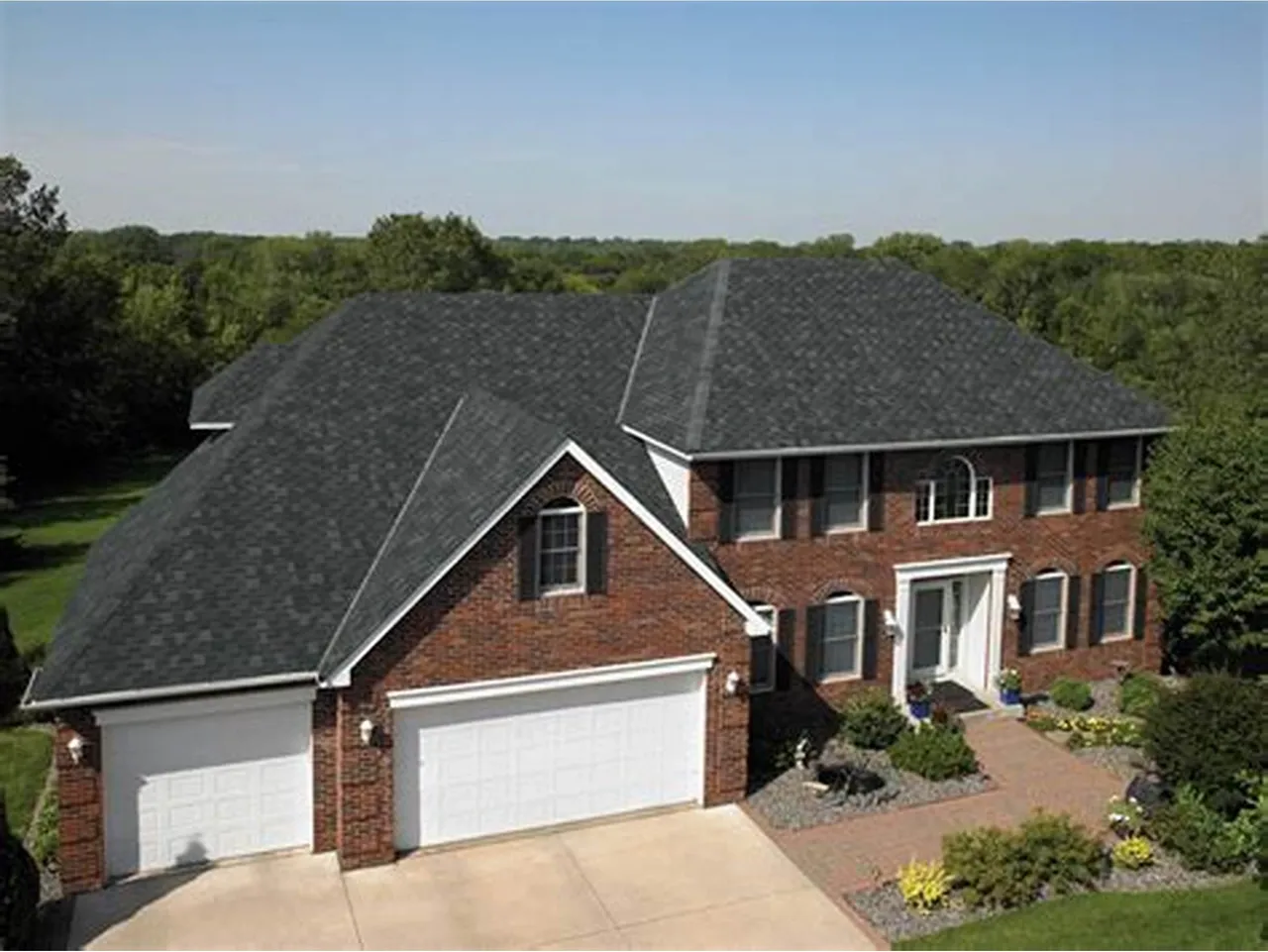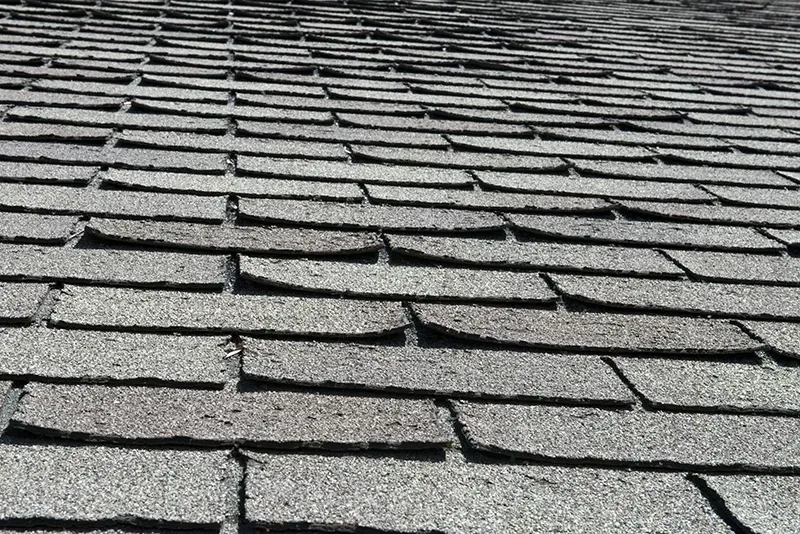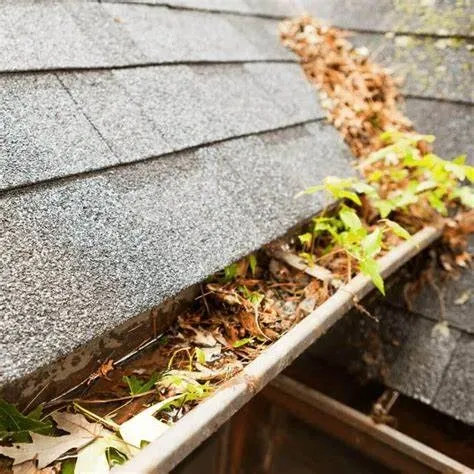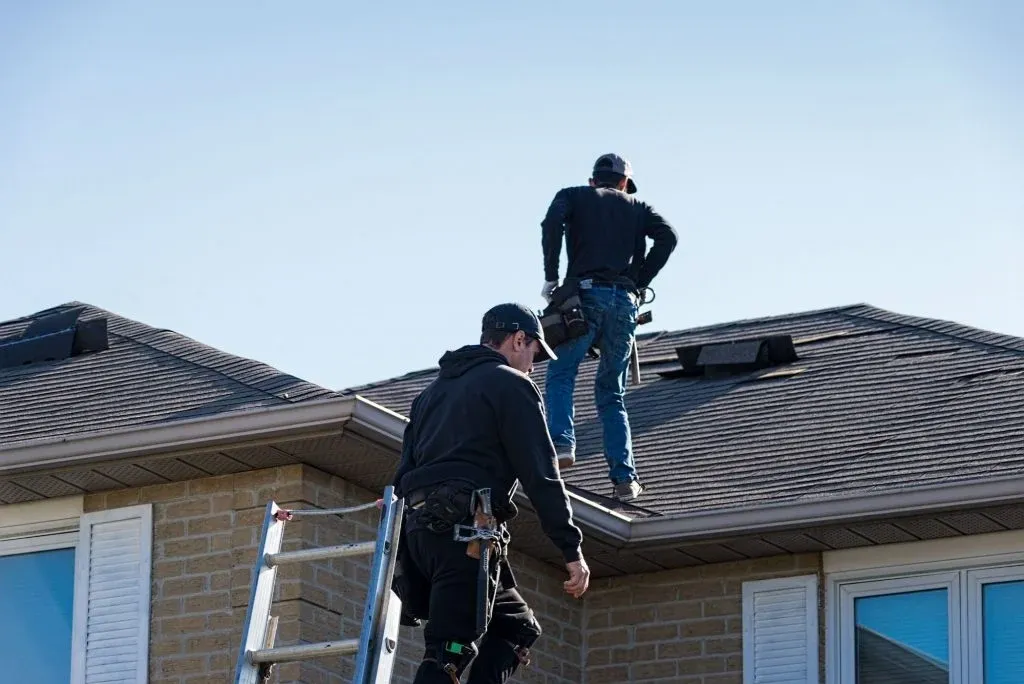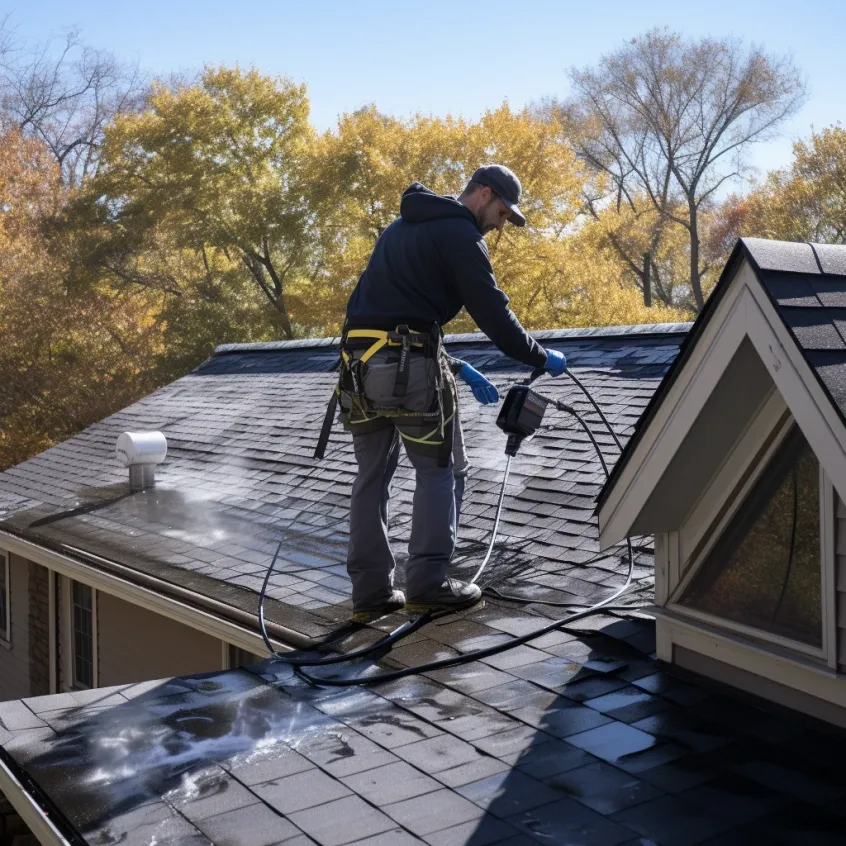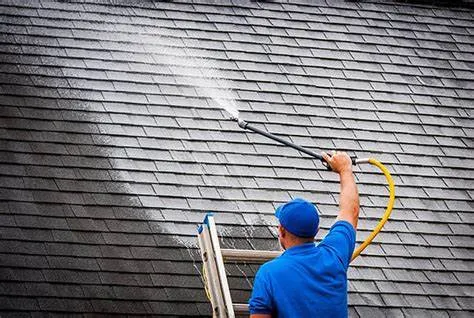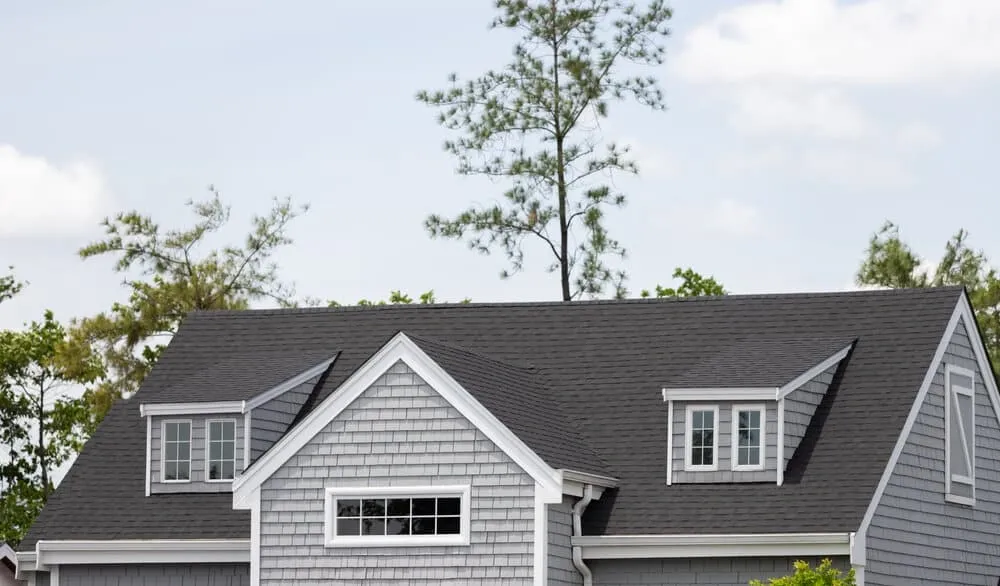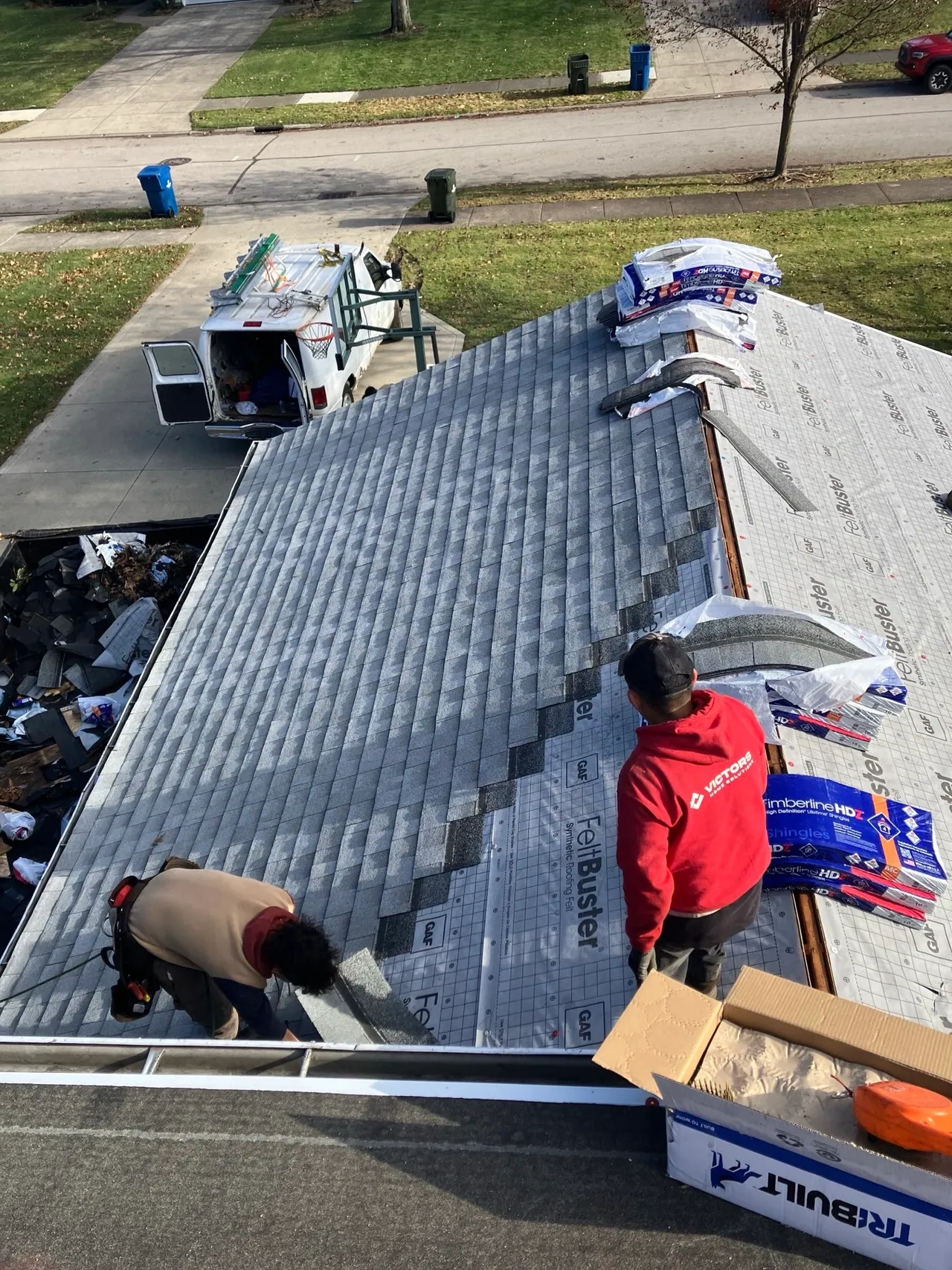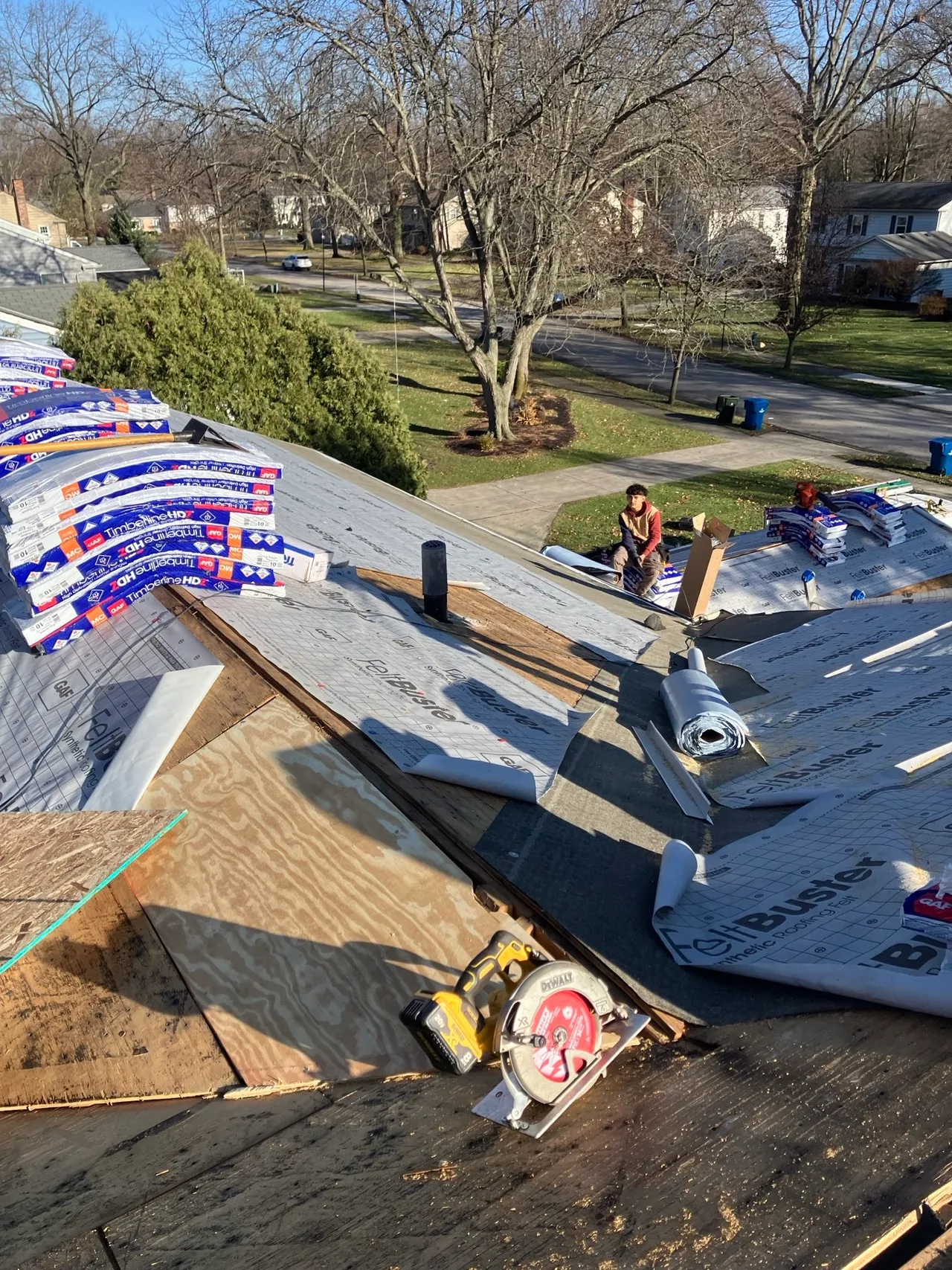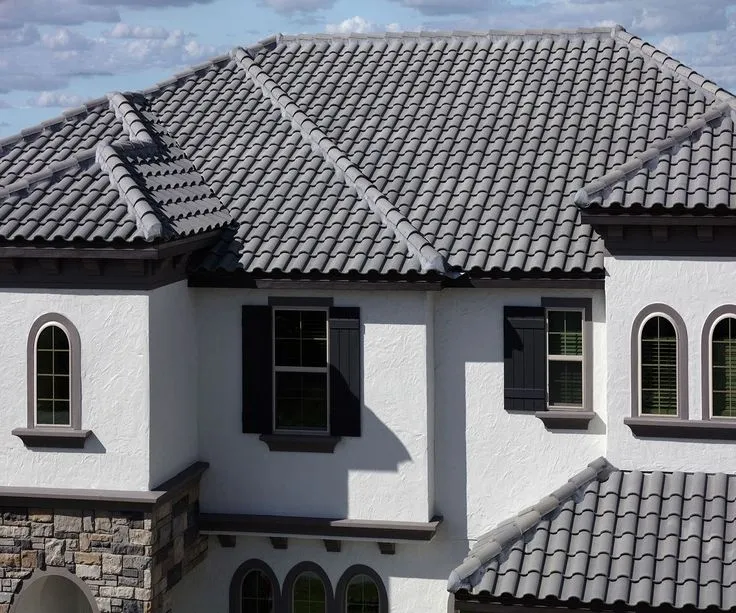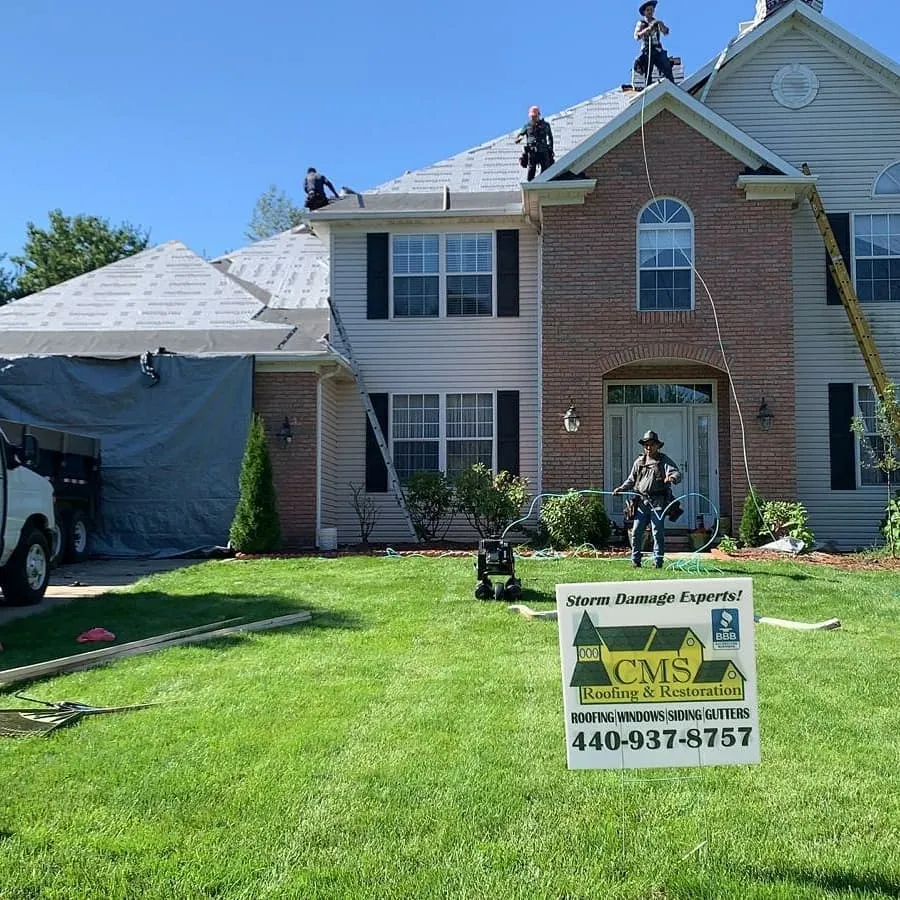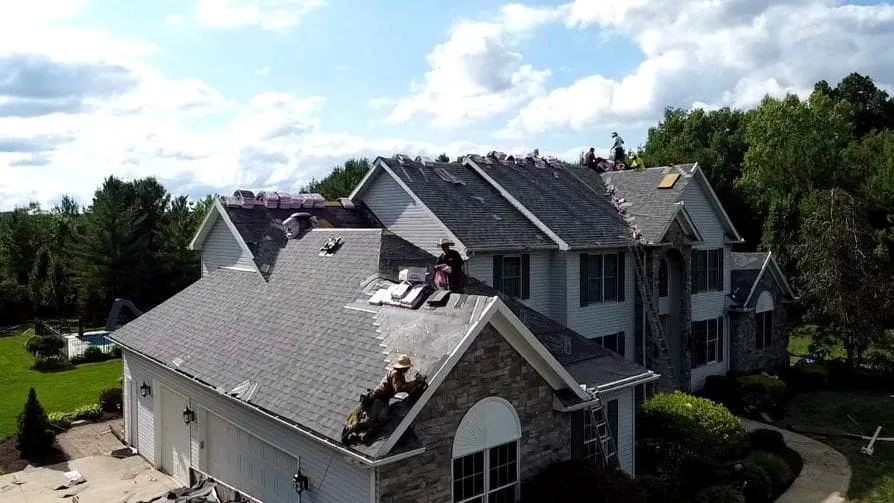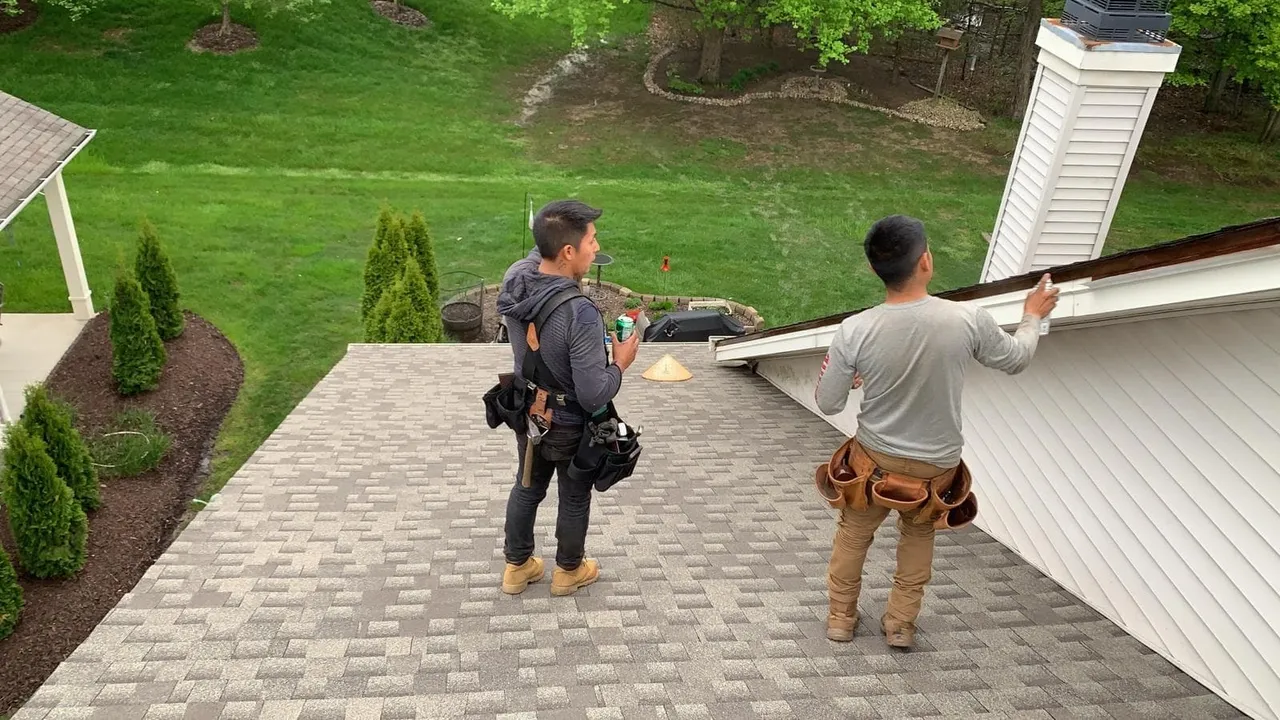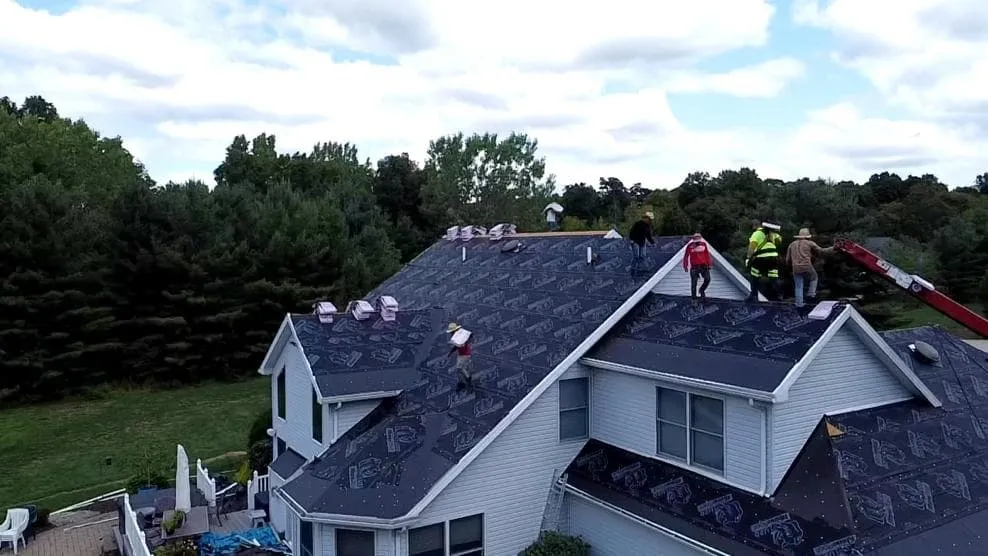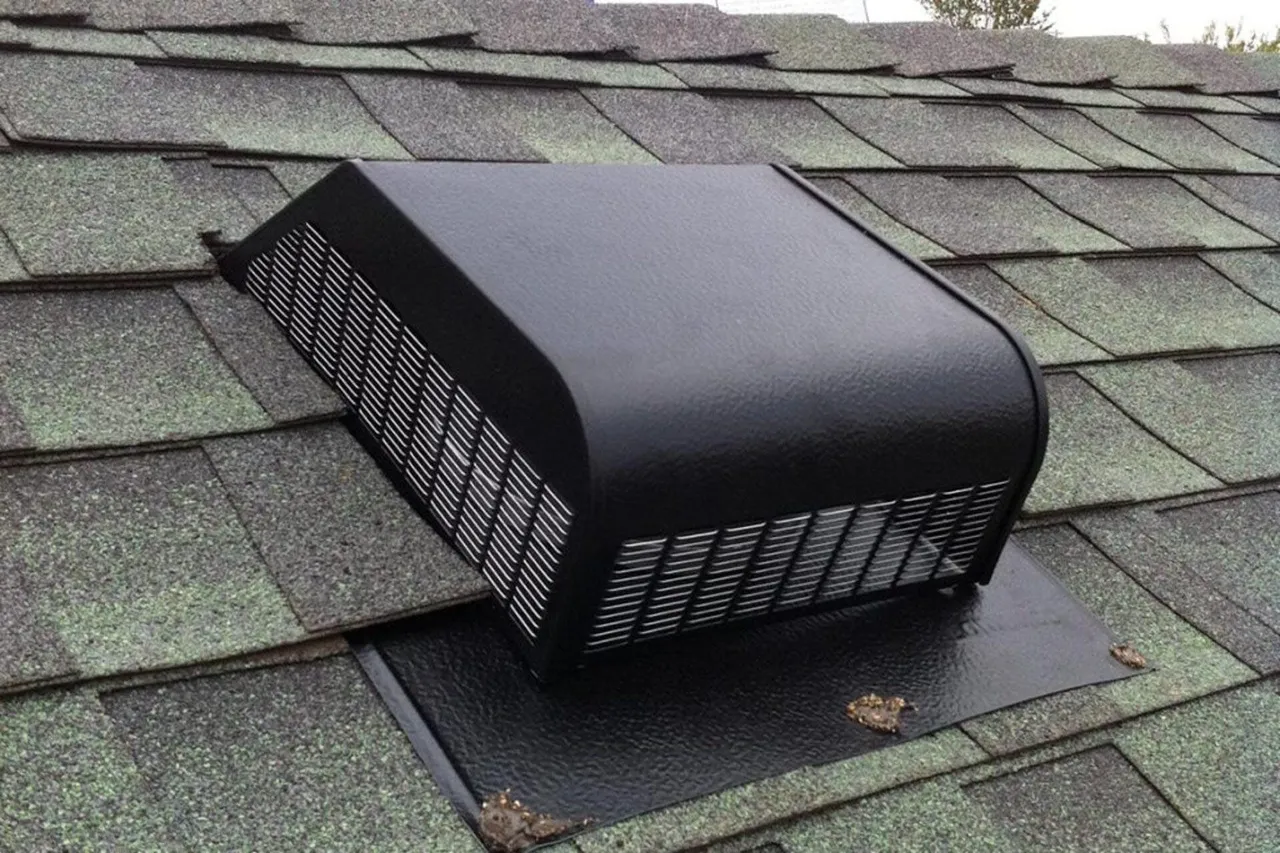
Why Roof Ventilation Matters
Roof ventilation is crucial for:
Temperature Control: Prevents excessive heat buildup in summer, reducing cooling costs.
Moisture Management: Reduces condensation, preventing mold and mildew growth.
Extending Roof Lifespan: Helps prevent ice dams and shingle deterioration.
Energy Efficiency: Improves overall insulation performance and reduces strain on HVAC systems.
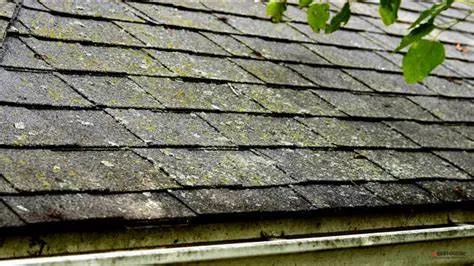
Types of Roof Ventilation
There are two main types of roof ventilation: intake vents and exhaust vents. A balanced ventilation system requires both to ensure proper airflow.
1. Ridge Vents
Installed along the peak of the roof.
Allow hot air to escape evenly along the ridge.
Ideal for homes with a long roof ridge.
Best paired with soffit vents for balanced airflow.
2. Soffit Vents
Located under the eaves of the roof.
Allow fresh air to enter the attic.
Work well with ridge vents to create a continuous airflow cycle.
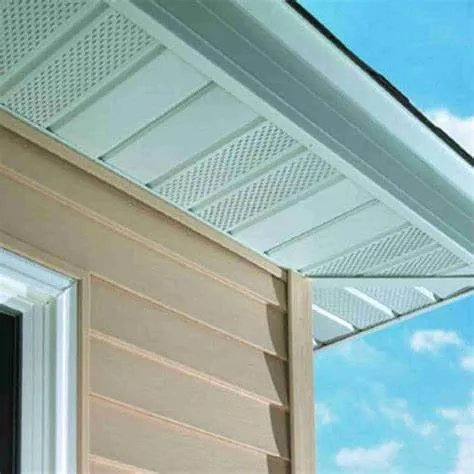
3. Gable Vents
Installed on the exterior wall near the peak of the roof.
Promote cross-ventilation when paired with another vent on the opposite side.
Suitable for homes with gable-style roofs.
4. Roof Turbines (Whirlybirds)
Wind-powered spinning vents that pull hot air out of the attic.
Effective in areas with consistent wind.
Require regular maintenance to function properly.
5. Power Attic Vents (PAVs)
Electrically powered fans that force hot air out.
Can be thermostat-controlled for automatic operation.
Effective but may increase energy costs.
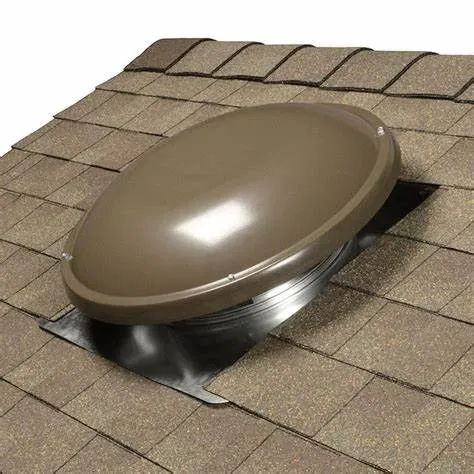
6. Solar-Powered Vents
Use solar energy to power attic fans.
Energy-efficient alternative to PAVs.
Reduce electricity costs while enhancing airflow.
Choosing the Right Ventilation for Your Roof
Selecting the best ventilation system depends on several factors:
1. Roof Design and Size
Homes with long ridges benefit from ridge vents.
Gable-style roofs may perform well with gable vents.
2. Climate Considerations
In hot climates, solar vents or ridge vents with soffit vents are effective.
In cold climates, proper ventilation helps prevent ice dams and condensation.
3. Energy Efficiency Goals
Passive ventilation options like ridge and soffit vents are energy-efficient.
Solar-powered vents reduce electricity usage while improving airflow.
4. Budget and Maintenance Needs
Passive vents have lower installation and maintenance costs.
Power attic vents and turbines require periodic maintenance.

Choosing the right ventilation system for your roof is essential for maintaining a healthy and efficient home. A well-balanced system with both intake and exhaust vents ensures proper airflow and protects your roof from premature damage. If you’re unsure which ventilation system is best for your home, consult a professional roofing contractor.
At CMS Roofing and Restoration, we specialize in roof ventilation solutions tailored to your needs. Contact us today for a consultation and ensure your home stays comfortable and protected year-round!

